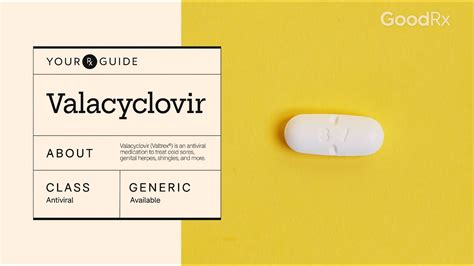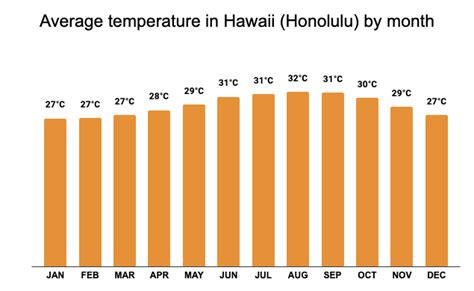Valacyclovir, commonly known by its brand name Valtrex, is an antiviral medication that is primarily used to treat infections caused by the herpes simplex virus (HSV), including genital herpes, cold sores (herpes labialis), and shingles (herpes zoster). It is also used to treat chickenpox in children. Valacyclovir belongs to a class of drugs known as nucleoside analogs, which work by inhibiting the replication of viral DNA, thereby reducing the severity and duration of symptoms.
The drug is a prodrug, meaning it is converted into its active form, acyclovir, once it is absorbed into the body. Acyclovir is then incorporated into the viral DNA, where it terminates the replication process, effectively reducing the viral load. This mechanism of action helps to alleviate symptoms such as itching, burning, and pain, and can also reduce the frequency of outbreaks.
Uses of Valacyclovir
Genital Herpes: Valacyclovir is used to treat the symptoms of genital herpes, which can include painful blisters or sores in the genital area. It can reduce the severity of an initial outbreak and the frequency of recurrent outbreaks.
Cold Sores: For the treatment of cold sores, valacyclovir can reduce the healing time and the duration of pain. Starting treatment at the first sign of a cold sore (such as tingling, itching, or burning) is crucial for the best results.
Shingles: Valacyclovir is used to treat shingles, reducing the pain and the risk of complications like postherpetic neuralgia (long-lasting pain after the rash and blisters from shingles have gone away).
Chickenpox: In children, valacyclovir can be used to treat chickenpox, although its use is typically reserved for those at higher risk of complications.
Administration and Dosage
Valacyclovir is taken orally, usually with or without food, two to three times a day, depending on the condition being treated. The dosage varies according to the specific infection being treated:
- Genital Herpes: For initial treatment, the dose is often 1 gram twice daily for 10 days. For recurrent episodes, the dosage is typically 500 mg twice daily for 3 days.
- Cold Sores: The recommended dosage for cold sores is 2 grams every 12 hours for 1 day.
- Shingles: The dosage for shingles is 1 gram three times daily for 7 days.
- Chickenpox: In children, the dosage is based on weight and is typically 20 mg/kg three times daily for 5 days.
Side Effects
While generally well-tolerated, valacyclovir can cause side effects. Common side effects include nausea, vomiting, diarrhea, and headache. More serious side effects are rare but can include renal impairment, especially in patients with pre-existing kidney problems, and neurological effects such as confusion or agitation.
Important Considerations
- Pregnancy and Breastfeeding: Women who are pregnant or breastfeeding should consult their healthcare provider before taking valacyclovir, as the drug can be excreted in breast milk and there is limited data on its use during pregnancy.
- Kidney Function: The dose of valacyclovir may need to be adjusted in patients with reduced kidney function to prevent accumulation of the drug and potential side effects.
- Interactions: Valacyclovir can interact with other medications, such as cimetidine, which can increase its levels in the blood, and probenecid, which can decrease its renal clearance.
In conclusion, valacyclovir is an effective antiviral medication for treating various forms of herpes infections. Its efficacy and relatively favorable side effect profile make it a valuable treatment option for manageing these conditions. However, as with any medication, it should be used under the guidance of a healthcare provider, especially in vulnerable populations or those with certain medical conditions.
What is the primary use of valacyclovir?
+Valacyclovir is primarily used to treat infections caused by the herpes simplex virus (HSV), including genital herpes, cold sores, and shingles, as well as chickenpox in children.
How does valacyclovir work?
+Valacyclovir works by inhibiting the replication of viral DNA, thereby reducing the severity and duration of symptoms. It is converted into its active form, acyclovir, once absorbed into the body.
What are the common side effects of valacyclovir?
+Common side effects include nausea, vomiting, diarrhea, and headache. More serious side effects are rare but can include renal impairment and neurological effects.
Valacyclovir’s effectiveness against herpes viruses, combined with its relatively mild side effect profile, makes it a preferred treatment option for managing herpes infections. However, it is essential to follow the prescribed dosage and to discuss any concerns or potential interactions with a healthcare provider.



